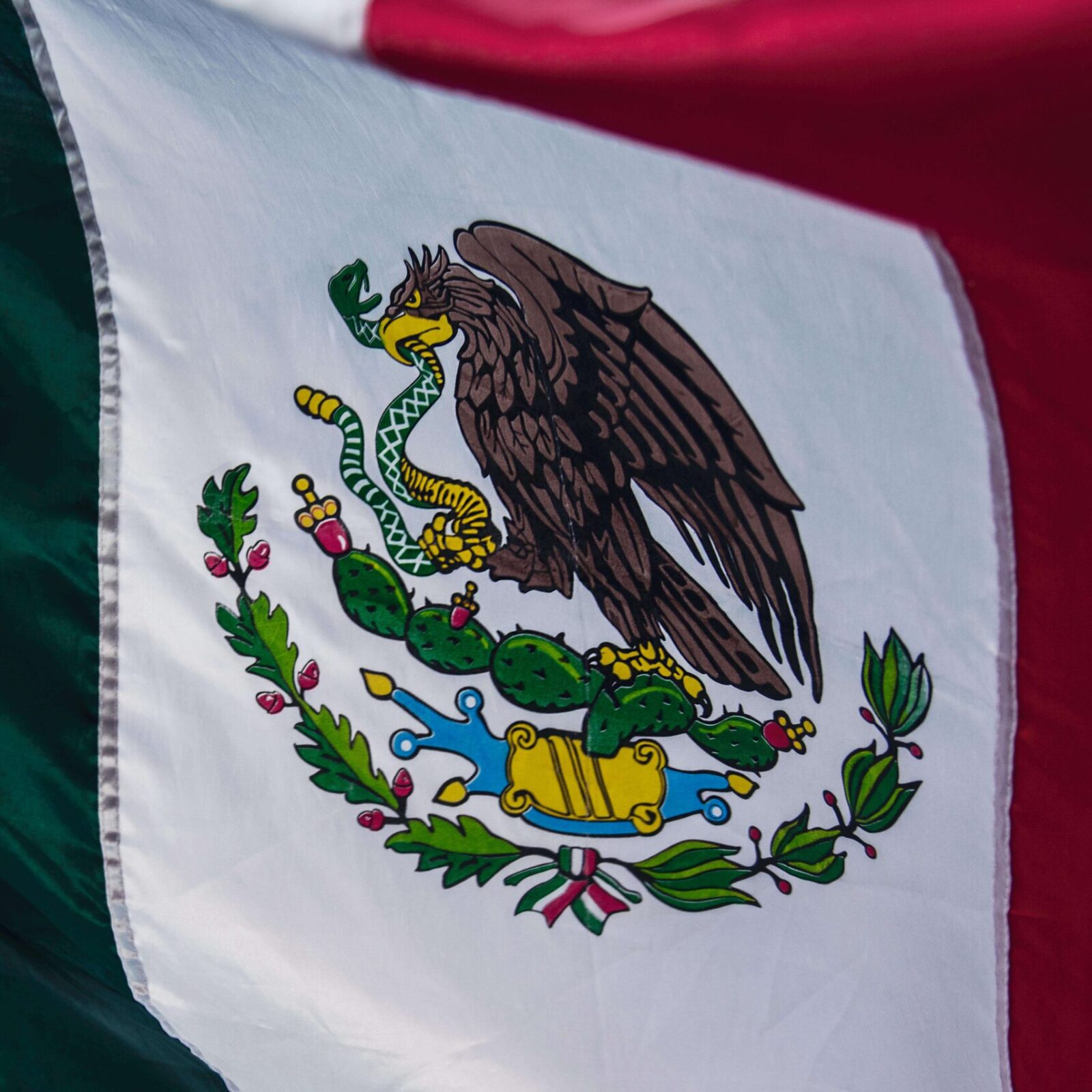Introduction
The Grito de Independencia celebrations in Mexico are a vibrant and historic time of the year that marks the country’s struggle and eventual triumph for independence. Every year on September 16, Mexicans across the globe commemorate the dramatic events that shaped their nation's history. The Grito is not just a moment in time but a celebration of culture, heritage, and pride. In this article, we will explore the details of the Grito de Independencia celebrations, their historical significance, local traditions, and what you can do to enjoy these festivities, particularly in the beautiful city of Mérida.
Overview of the Grito de Independencia Celebrations in Mexico
The Grito de Independencia marks the beginning of the Mexican War of Independence, a fight that spanned over a decade from 1810 to 1821. The echoes of the cry heard at dawn on September 16 resonate through centuries, reminding the people of the courage and unity that led to their freedom from Spanish colonial rule. It is a time characterized by family gatherings, colorful parades, music, fireworks, and traditional foods.
The celebrations officially start on the evening of September 15 with a reenactment of Miguel Hidalgo's famous call to arms. Cities and towns across Mexico light up, showcasing the country's rich culture and history. This day is not just a public holiday but an opportunity for national pride as citizens reflect on their heritage and the sacrifices of their forebears.
Significance of the Event in Mexico's History
The anniversary of the Grito de Independencia pays homage to Miguel Hidalgo y Costilla, a Catholic priest who made the historic call to arms on September 16, 1810, in the small town of Dolores, Guanajuato. This act initiated a revolution that would last more than a decade and set the stage for independence from Spanish rule.
The Grito de Dolores, as it is known, serves as a powerful symbol of resistance and change in Mexican society and is recognized as a catalyst that gave birth to a national identity. The struggle for independence also represented a fight for social justice, land reform, and the end of the oppressive colonial system. Notably, Hidalgo's call invoked not only a desire for freedom but also brought together people from diverse backgrounds united for a common cause.
September 16 marks a pivotal moment in history, leading to the eventual recognition of Mexico as an independent nation on September 27, 1821. Since then, the day has been celebrated as a national holiday and continues to be a cornerstone of Mexican cultural identity.
Historical Background
Detailed Account of the Grito de Dolores and Its Origins
The events that led to the Grito de Independencia began in the early 19th century when dissatisfaction with Spanish rule was mounting, driven by economic hardship and social inequality. Local dissent grew over time, culminating in the fateful night of September 15, 1810.
Hidalgo gathered a group of conspirators and, upon alarming news of arrests of fellow rebels, made an urgent decision to act. In the early hours of September 16, he rang the bell of his parish and delivered an impassioned speech that urged the people to rebel against their oppressors. The details of this speech vary, but it ultimately united the people to rise against Spanish rule, igniting the war of independence.
The Role of Miguel Hidalgo and His Famous Speech
Miguel Hidalgo is often referred to as the 'Father of Mexican Independence.' His call to action has transcended time, becoming a poignant reminder of the power of civic engagement and the ability of one voice to galvanize a nation. While the exact words of his cry may be disputed, the urgency and fervor in his message remain undiluted. The first recorded Grito is believed to have included phrases urging citizens to defend their religion and fight for their rights, emboldening a largely rural population to embrace its identity and demand change.
The Significance of September 16th in Mexican History
September 16 is a date etched in the hearts of Mexicans everywhere. By establishing this day as a national holiday, Mexico honors its historical fight for autonomy and the sacrifices made by those who championed its cause. Over the decades, the Grito de Independencia has transformed from a call to arms to a celebration of national pride, unity, and cultural heritage.
Grito de Independencia Celebrations
Overview of National Celebrations
On the eve of September 16, as darkness falls, cities and towns across Mexico come alive with festivities. At around 11 p.m., the President of Mexico traditionally delivers the Grito de Independencia from the balcony of the National Palace in Mexico City. This deeply symbolic moment includes ringing a bell—historically the same bell used by Hidalgo—followed by a passionate recitation of patriotic statements, filled with shouts of "¡Viva México!"
In attendance are thousands of people, creating an electric atmosphere filled with excitement and rejoicing.
Insights into the Presidential Celebration at the National Palace, Mexico City
The event at the National Palace is the highlight of the national celebrations, attracting crowds from across the country and tourists from around the world. Following the Grito, the celebrations proceed with fireworks, traditional music played by military bands, and the singing of the Mexican national anthem. This vibrant ceremony and its accompanying fireworks display signifies the unity and strength of the Mexican people.
Description of Local Festivities and How They Vary from One Region to Another
While the national celebration in Mexico City is undoubtedly the most prominent, local festivities are equally vivacious, featuring unique cultural expressions. In various regions, such as Oaxaca or Jalisco, local folk dancers perform traditional dances, while street vendors offer delicious food specialties. Each locality brings its flair to the celebrations, combining historical narratives with contemporary expressions of patriotism.
Local Traditions in Mexico
Unique Traditions Associated with the Grito de Independencia
In Mexico, the Grito de Independencia is characterized by unique customs, such as the preparation of traditional foods. From pozole (a hominy soup) to chiles en nogada (stuffed peppers with walnut sauce), these dishes reflect the rich culinary heritage of Mexico. Additionally, mariachis play throughout the streets, filling the air with the sounds of traditional music that evoke a sense of nostalgia and pride.
Importance of Food, Music, and Cultural Practices During the Celebrations
Food and music play a pivotal role during the Grito de Independencia celebrations. Gathered with family and friends, people share in the enjoyment of traditional meals, often accompanied by lively music. Communities come together, highlighting the spirit of unity attested to by Hidalgo’s initial call.
How Local Customs Enhance the Festive Atmosphere
Local customs vary from region to region, enriching the cultural tapestry of the celebrations. For example, in some areas, it's common to see fireworks illuminating the night sky, while others engage in reenactments of Hidalgo's original Grito, engaging the younger generation in their nation’s history. The infusion of contemporary arts, such as music festivals and art markets, makes for an inclusive cultural celebration.
Things to Do in Mérida During the Celebrations
Suggested Family Activities in Mérida During the Grito de Independencia
If you find yourself in Mérida during the Grito de Independencia, there are plenty of family-friendly activities to partake in. Join locals at the main square for live music performances and regional dance exhibitions, or indulge in a family-friendly festival where cultural arts, crafts, and food stalls are plentiful.
Mérida, often known for its colonial architecture, also offers a unique ambiance during the Grito celebrations with its historic streets contributing to the lively atmosphere.
Cultural Events and Parades
On the morning of September 16, after the vibrant night's festivities, the city comes alive with parades showcasing traditional costumes, dance troupes, and historical reenactments. Watch local schools participate in marches that celebrate their heritage, or join in on the fun with street performers captivating audiences with their artistry.
Recommendations for Local Cuisine to Try During the Celebrations
A visit to Mérida during this time wouldn’t be complete without savoring traditional dishes like cochinita pibil, a slow-roasted pork dish, and tacos de lechón, roasted pork tacos. Don’t forget to try a refreshing glass of agua de chía, a drink made from chia seeds and water, perfect for the warm September weather.
Family-Friendly Activities in Mérida
Overview of Family-Friendly Attractions in Mérida
Mérida is a family-friendly city boasting a plethora of attractions. The Museo Casa de Montejo, an impressive colonial house museum, and the Gran Museo del Mundo Maya are informative stops where families can learn about the region's rich history and culture. The city also has several parks, such as Parque de las Américas, where kids can enjoy the outdoors.
Activities Suitable for Couples and Families During the Holiday
Couples looking for a romantic getaway during the Grito celebrations can explore the vibrant night markets, hand in hand. Alternatively, families can visit Cenote Ik Kil, a nearby natural swimming hole, to enjoy a day of fun and relaxation.
Tips for Enjoying the Festivities with Children
Bringing small children to such a lively celebration can be overwhelming. It is advisable to arrive early to secure a good spot for parades and activities. Pack snacks and stays hydrated to ensure everyone enjoys the day to its fullest.
Conclusion
The Grito de Independencia is more than just a moment in history; it is a celebration of Mexico's cultural richness and enduring spirit. From national ceremonies to local festivities, every aspect reflects the joy and pride of being Mexican. If you want to immerse yourself in the heart of this celebration, consider booking your stay at CASA TUUT, located in the vibrant center of Mérida. Experience the Grito celebrations from a luxurious vacation rental where you can enjoy a heated pool, a gym, and exquisite interiors. Create memories that last a lifetime, surrounded by the beautiful culture of Yucatán. Visit CASA TUUT to book your stay now!
References
- Grito de Dolores – Wikipedia
- 15 de septiembre: El Grito de Independencia – Gobierno de México
- The Story of El Grito and Mexico's Independence Day – Journey Mexico
- About El Grito – El Grito Portland
- What is Mexico's Grito de Dolores? – Bells.org
- Grito de Independencia: A Symbol of Mexican Pride – MPC Detroit

